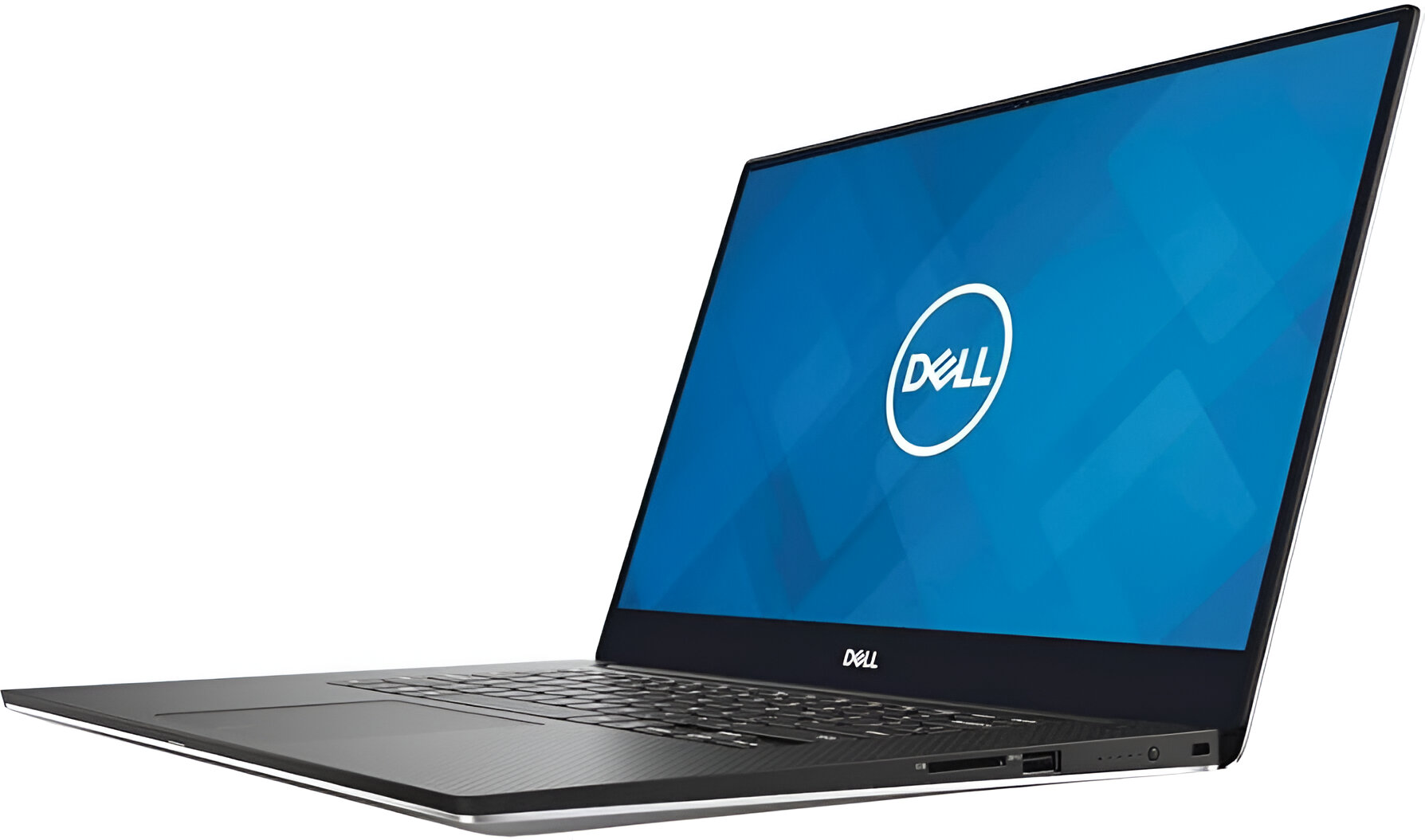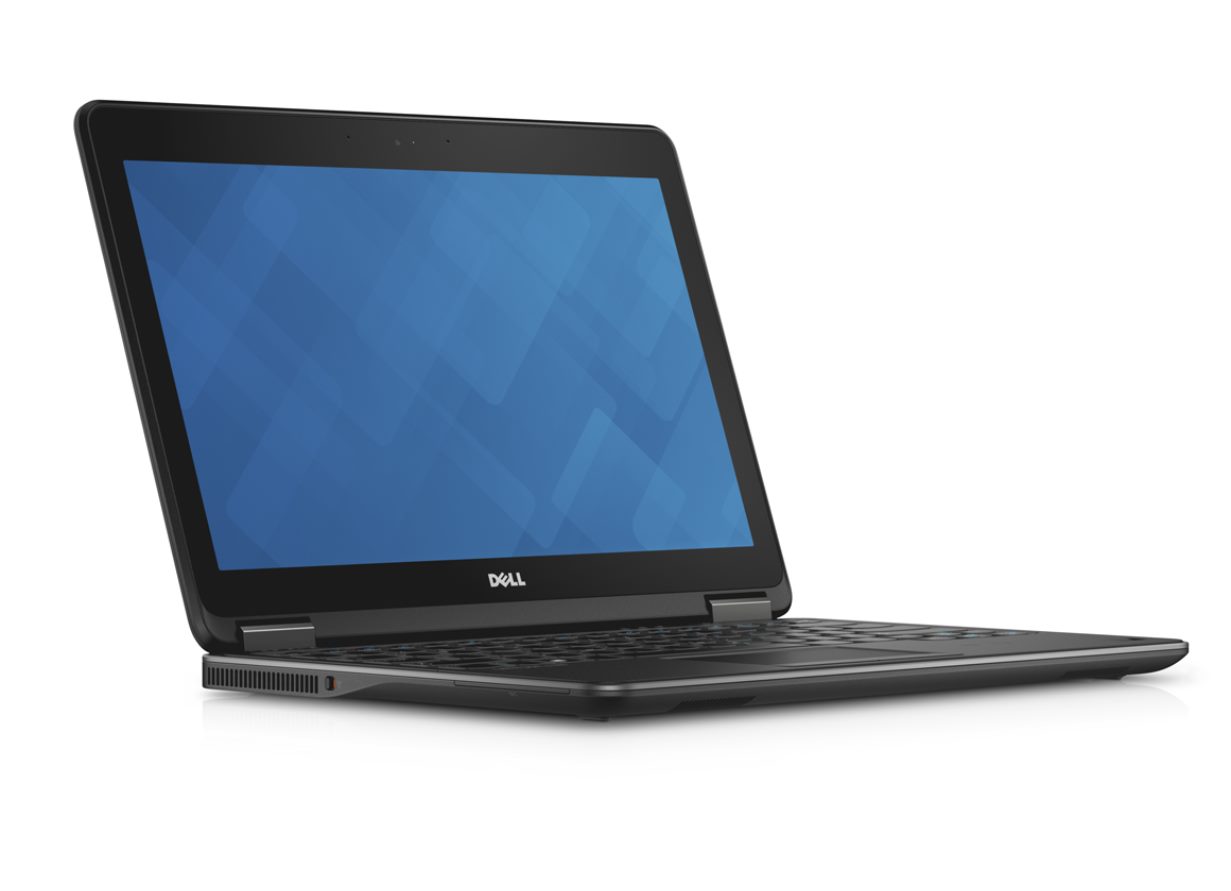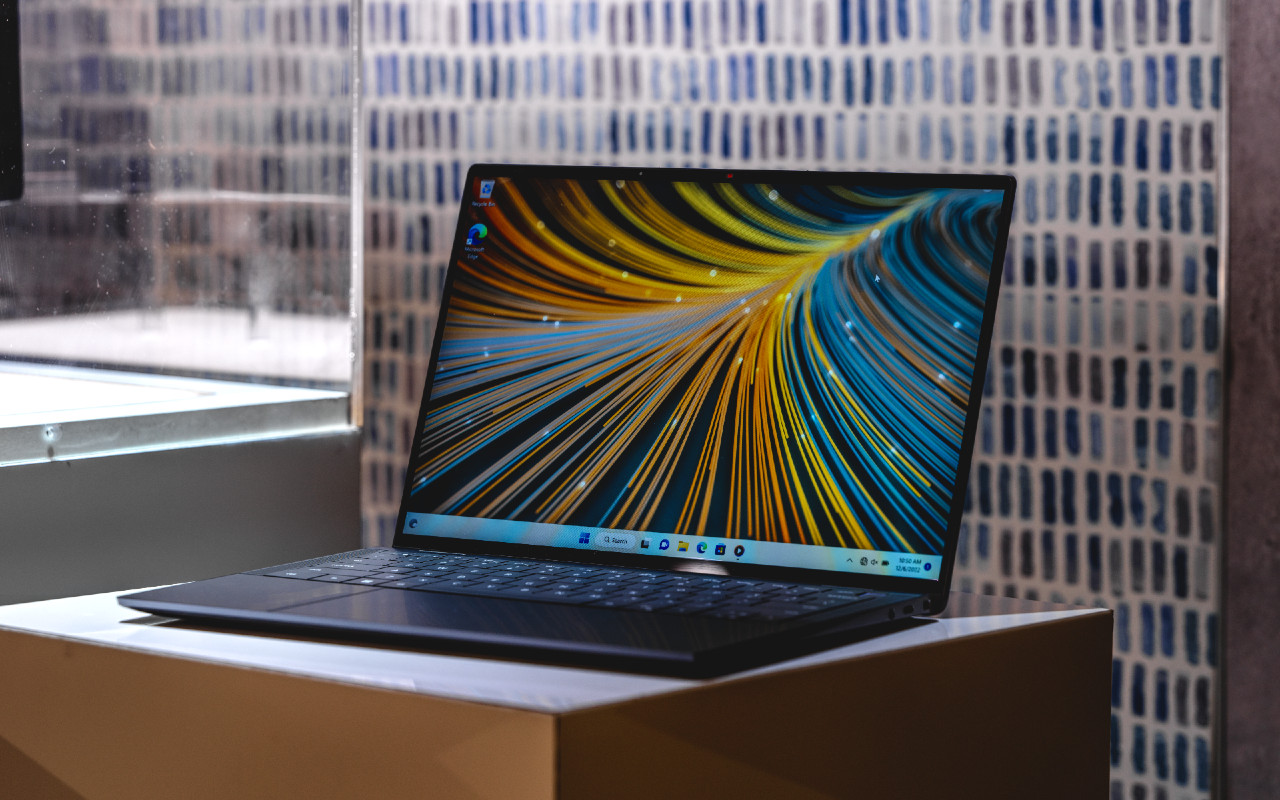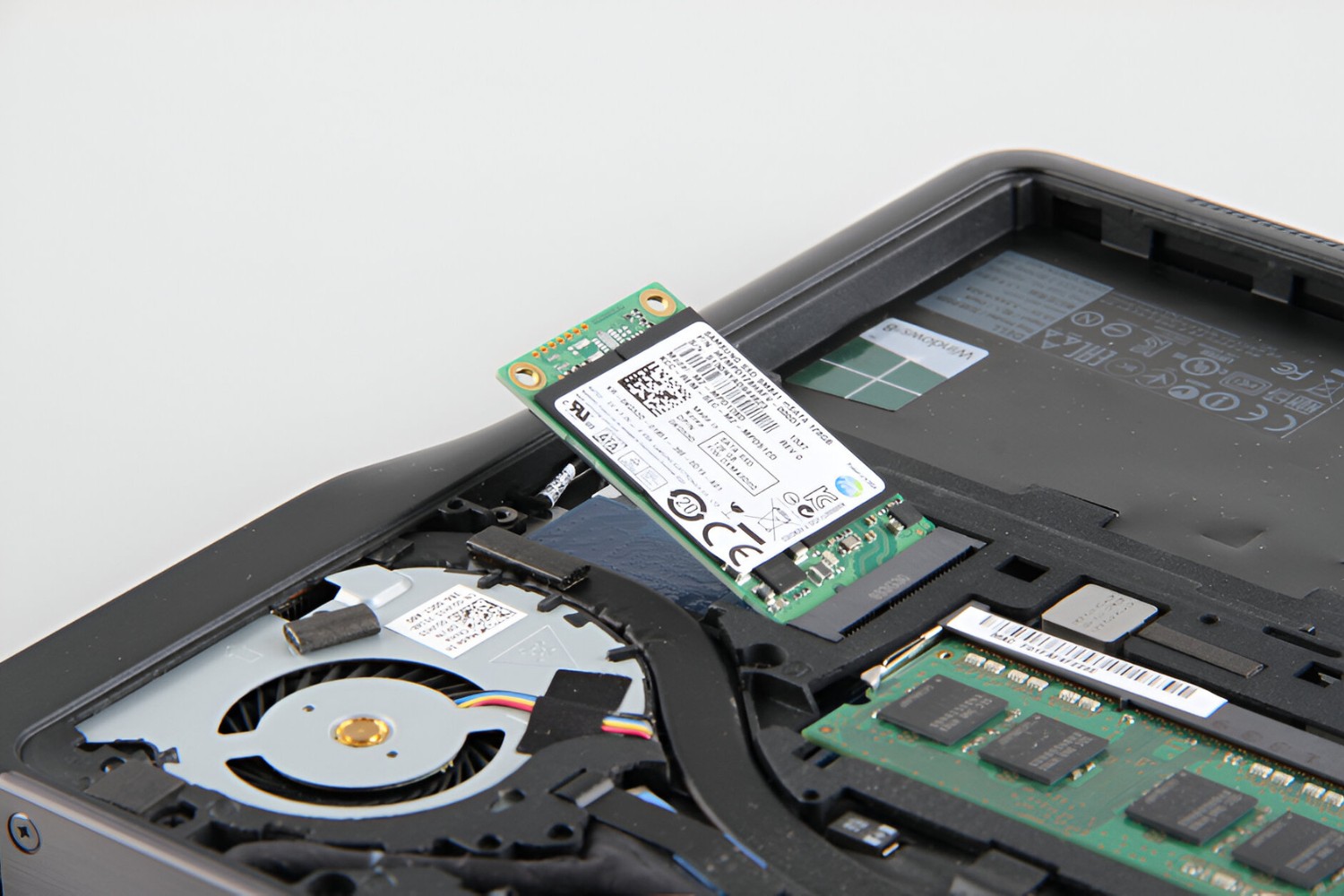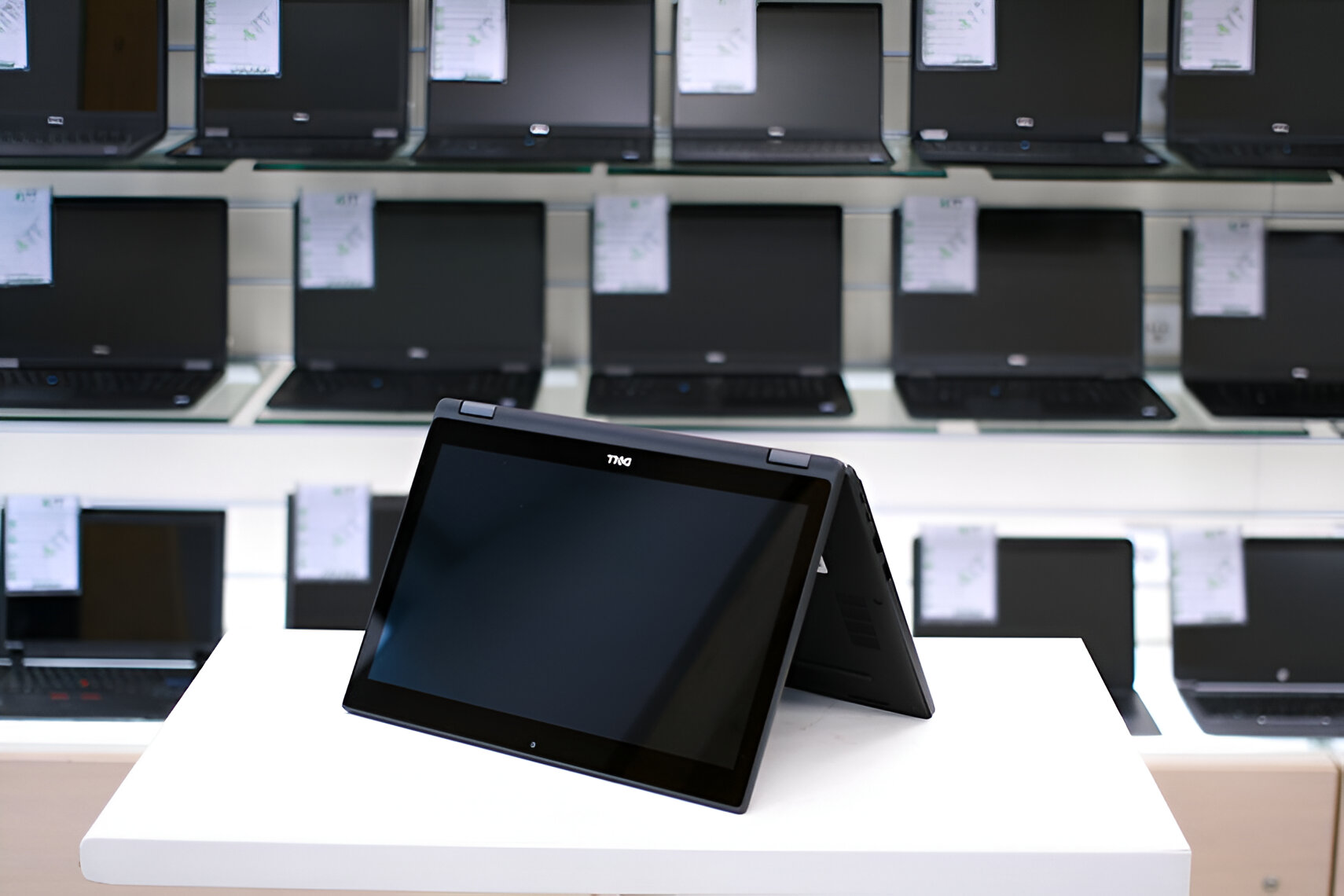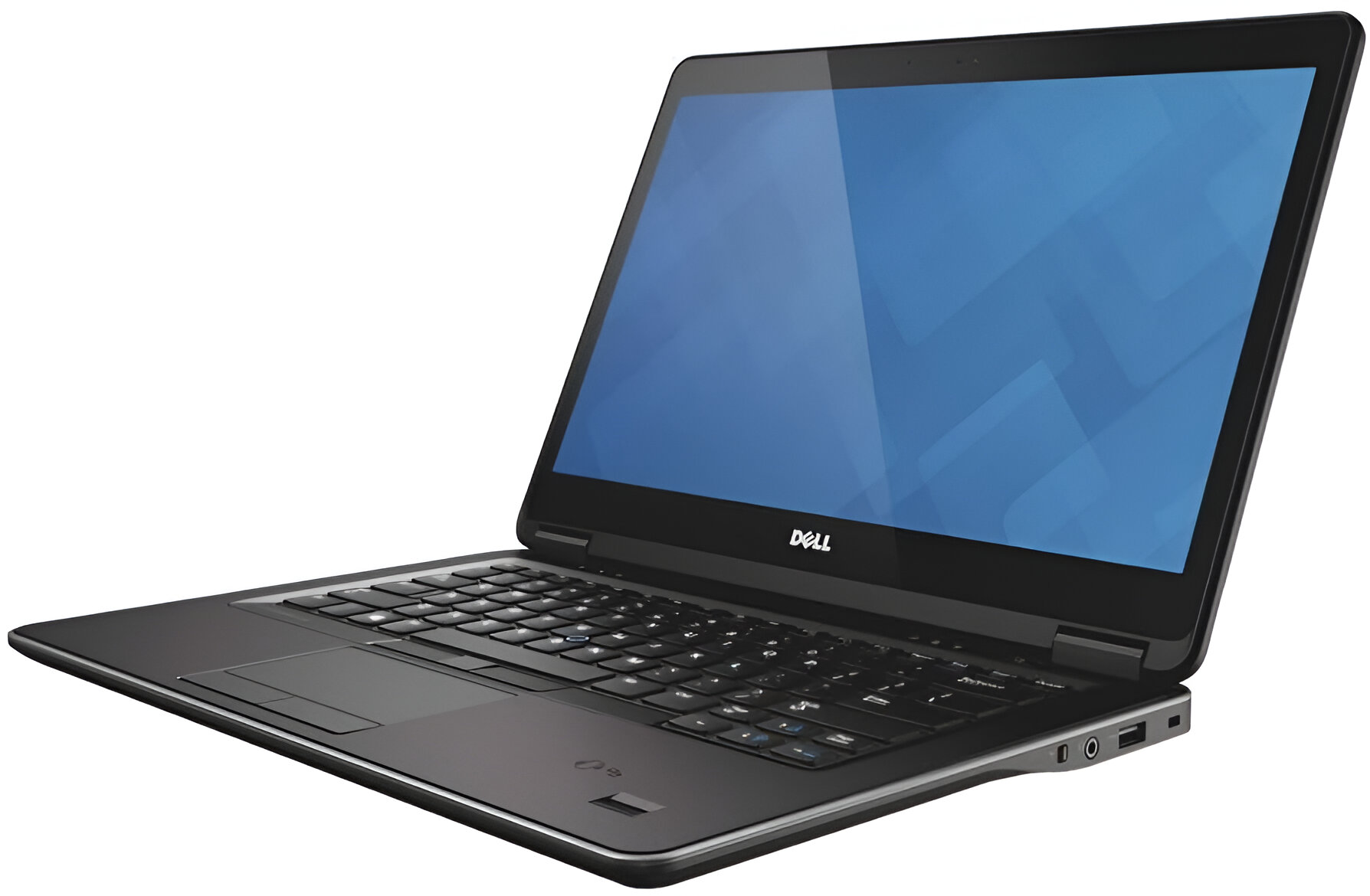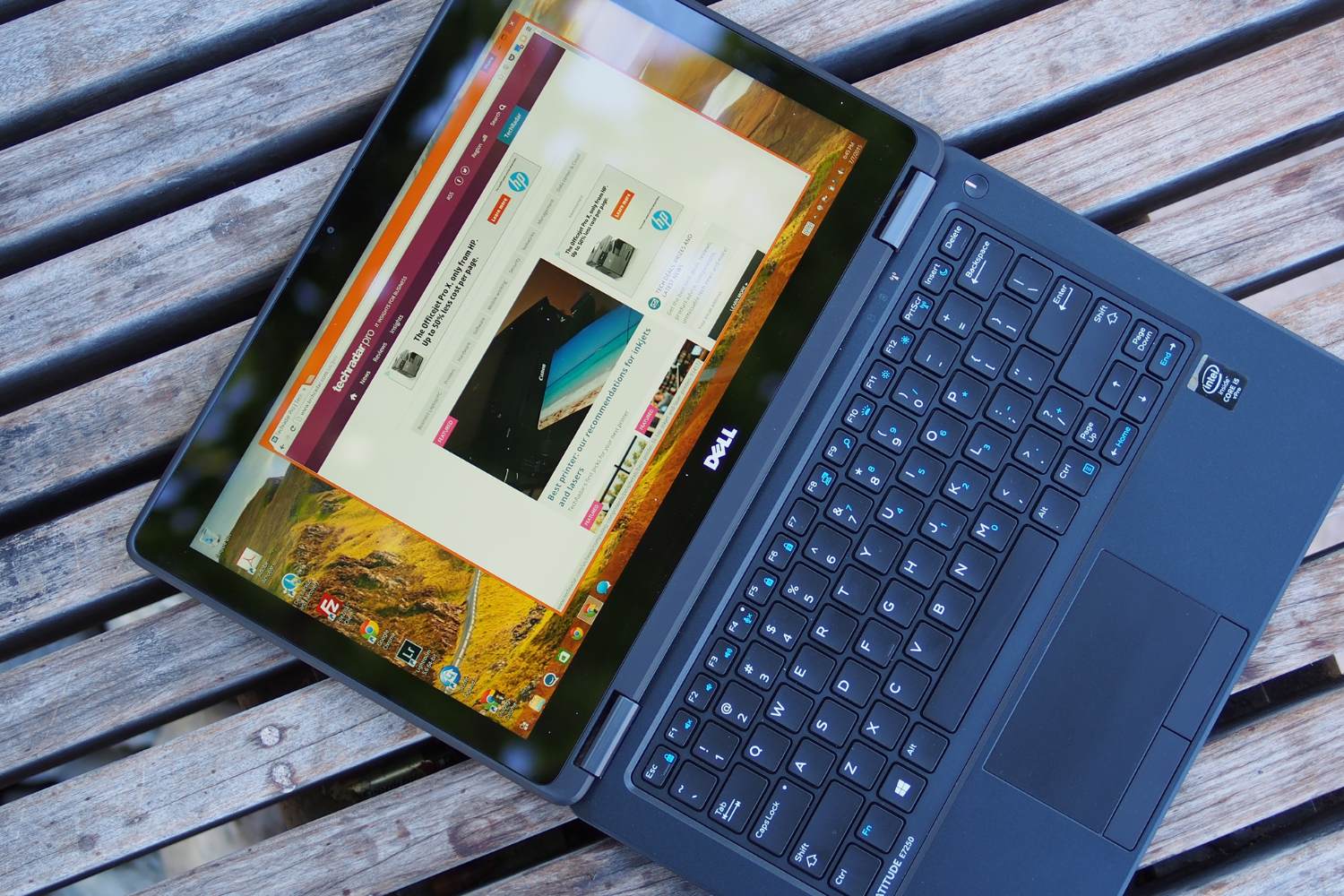Introduction
Welcome to this guide on how to force shutdown your Dell Latitude Ultrabook. At times, you may encounter situations where your Ultrabook becomes unresponsive, making it necessary to force shutdown it in order to regain control. This could happen due to a variety of reasons, including software glitches, frozen applications, or system errors.
Force shutting down your Dell Latitude Ultrabook may not be the ideal way to turn off your device, but it is sometimes necessary when all other methods fail. It is important to note that force shutting down your Ultrabook can result in data loss or potential hardware issues if done frequently, so it should be used as a last resort.
In this guide, we will explore several methods to force shutdown your Dell Latitude Ultrabook effectively. These methods are intended to be used when the normal shutdown procedure is not possible or ineffective.
Please note that force shutting down your Ultrabook should only be done if absolutely necessary and should not be used as a routine method to turn off your device. It is always recommended to save your work and close applications properly before shutting down your device to prevent potential data loss.
Now, let’s dive into the various methods you can use to force shutdown your Dell Latitude Ultrabook in different scenarios. Choose the method that best suits your situation and follow the steps carefully to ensure a successful shutdown without causing any harm to your device.
Method 1: Using the Power Button
One of the simplest ways to force shutdown your Dell Latitude Ultrabook is by using the power button. This method can be used when your Ultrabook becomes completely unresponsive and does not respond to any other methods of shutting down.
To force shutdown your Dell Latitude Ultrabook using the power button, follow these steps:
- Locate the power button on your Dell Latitude Ultrabook. It is usually located on the top right or left side of the keyboard, or on the edge of the device.
- Press and hold the power button for approximately 10 seconds until the device turns off completely.
- Release the power button and wait for a few seconds.
- Press the power button again to turn on your Dell Latitude Ultrabook.
By using the power button to force shutdown your Dell Latitude Ultrabook, you bypass the normal shutdown process and forcefully power off the device. This method is particularly useful when your Ultrabook is unresponsive and does not allow you to access the operating system or any other functions.
However, it is important to note that force shutting down your Ultrabook using the power button can result in data loss or potential hardware issues if done frequently. Therefore, it is recommended to use this method only when necessary and not as a routine method of shutting down your device.
In situations where your Ultrabook does not respond to the power button or remains unresponsive after using this method, it is advisable to try other methods described in this guide.
Method 2: Using the Keyboard
If your Dell Latitude Ultrabook is not responding to the power button or you prefer a keyboard shortcut to force shutdown your device, you can use a combination of keys on the keyboard. This method is especially useful when your Ultrabook’s screen is frozen or the mouse cursor is unresponsive.
To force shutdown your Dell Latitude Ultrabook using the keyboard, follow these steps:
- Press and hold the “Ctrl” key, the “Alt” key, and the “Delete” key simultaneously on your keyboard.
- A menu should appear on the screen. Click on the “Task Manager” option.
- In the Task Manager window, click on the “Processes” or “Applications” tab, depending on your Ultrabook’s operating system version.
- Select any unresponsive or frozen applications or processes and click on the “End Task” button.
- Repeat this process for all unresponsive applications or processes.
- Once you have ended all unresponsive tasks, click on the “Shut Down” button located in the Task Manager window.
Using the keyboard shortcut to force shutdown your Dell Latitude Ultrabook allows you to terminate unresponsive applications or processes directly from the Task Manager. This can help resolve issues that cause your device to become unresponsive and prevent a normal shutdown.
It is important to note that force shutting down your Ultrabook using the keyboard should only be done when necessary. Regularly using this method to shutdown your device may result in data loss or potential hardware issues. Therefore, it should be used as a last resort when other methods fail.
If your Dell Latitude Ultrabook remains unresponsive even after using this method, we recommend trying alternative techniques explained in this guide to ensure a successful force shutdown.
Method 3: Removing the Battery
If your Dell Latitude Ultrabook is not responding to any other methods of force shutdown, removing the battery can be a viable option. This method is effective when your device becomes completely unresponsive and none of the buttons or keyboard shortcuts are functional.
Before attempting to remove the battery, make sure to save any unsaved work to prevent potential data loss. Also, ensure that you have a backup power source or charger connected to your Ultrabook to maintain uninterrupted power supply during the process.
To force shutdown your Dell Latitude Ultrabook by removing the battery, follow these steps:
- Turn your Ultrabook upside down and locate the battery compartment.
- Using a screwdriver or any appropriate tool, carefully unscrew the screws securing the battery compartment.
- Once the screws are removed, gently lift the panel covering the battery compartment.
- Locate the battery and carefully detach the connector or cables connecting it to the device.
- Leave the battery disconnected for a few seconds, ensuring that all power is drained from the system.
- Reconnect the battery cables or connector to its original position.
- Place the panel back on the battery compartment and secure it by tightening the screws.
- Flip your Ultrabook back to its normal position and press the power button to turn it on.
By removing the battery, you effectively cut off the power supply to your Dell Latitude Ultrabook, forcing it to shut down. This method can be useful when all other options fail and your device is completely unresponsive.
However, it is important to note that removing the battery is not recommended as a routine method for shutting down your Ultrabook. Frequent removal of the battery may lead to potential hardware issues or damage. Therefore, it should only be used in emergency situations or when other methods are ineffective.
If your Dell Latitude Ultrabook still remains unresponsive after removing the battery, we recommend trying alternative techniques explained in this guide to achieve a successful force shutdown.
Method 4: Using the Windows Task Manager
If your Dell Latitude Ultrabook is experiencing unresponsive applications or processes, you can use the Windows Task Manager to force shutdown specific tasks. This method can be effective in situations where individual apps or processes are causing your device to become unresponsive.
To force shutdown your Dell Latitude Ultrabook using the Windows Task Manager, follow these steps:
- Press the “Ctrl,” “Shift,” and “Esc” keys simultaneously to open the Windows Task Manager. Alternatively, you can right-click on the taskbar and select “Task Manager” from the menu.
- In the Task Manager window, click on the “Processes” or “Applications” tab, depending on your Ultrabook’s operating system version.
- Scroll through the list of running processes or applications and identify the unresponsive ones.
- Select the unresponsive process or application and click on the “End Task” button.
- If prompted, confirm the force shutdown by clicking on the “End Task” or “Force Quit” button.
- Repeat this process for any other unresponsive processes or applications.
Using the Windows Task Manager allows you to pinpoint and terminate specific tasks that are causing your Dell Latitude Ultrabook to become unresponsive. This method can help resolve issues with individual applications or processes and allow for a smoother shutdown.
It is important to note that force shutting down tasks using the Windows Task Manager should be done with caution. Terminating essential system processes or applications can lead to system instability or data loss. Therefore, make sure to identify the correct tasks that are causing the issue before terminating them.
If your Dell Latitude Ultrabook remains unresponsive even after using this method, we recommend trying alternative techniques explained in this guide to achieve a successful force shutdown.
Method 5: Enabling “Fast Startup” in Windows
Enabling the “Fast Startup” feature in Windows can help you force shutdown your Dell Latitude Ultrabook when other methods are not working. This method utilizes a quick startup process that can bypass certain system checks and speed up the shutdown process.
To force shutdown your Dell Latitude Ultrabook by enabling “Fast Startup,” follow these steps:
- Press the “Windows” key on your keyboard to open the Start menu.
- Type “Control Panel” and click on the matching search result to open the Control Panel window.
- Click on the “Power Options” category to navigate to the Power Options settings.
- On the left side of the Power Options window, click on the “Choose what the power buttons do” link.
- Click on the “Change settings that are currently unavailable” link.
- Scroll down to the “Shutdown settings” section and check the box next to “Turn on fast startup.”
- Click on the “Save changes” button to apply the settings.
Enabling “Fast Startup” in Windows allows your Dell Latitude Ultrabook to shut down and start up more quickly. This can help facilitate a successful force shutdown, especially when your device is unresponsive or encounters software-related issues.
However, it is important to note that “Fast Startup” may not be available on all versions of Windows or may be disabled by default. Additionally, enabling this feature may affect certain system functionalities or prevent your Ultrabook from fully turning off. Therefore, use this method with caution and consider its implications before proceeding.
If your Dell Latitude Ultrabook remains unresponsive after enabling “Fast Startup,” we recommend trying alternative techniques explained in this guide to achieve a successful force shutdown.
Method 6: Updating Drivers and BIOS
Outdated or incompatible drivers and BIOS (Basic Input/Output System) can sometimes cause your Dell Latitude Ultrabook to become unresponsive or exhibit other issues. Updating these components can help resolve software-related problems and improve system stability, potentially allowing for a successful force shutdown.
To force shutdown your Dell Latitude Ultrabook by updating drivers and BIOS, follow these steps:
- Visit the Dell support website and navigate to the Drivers & Downloads section.
- Enter your Dell Latitude Ultrabook’s model number or use the auto-detect feature to identify your device.
- Locate and download the latest drivers and BIOS updates for your Ultrabook’s operating system.
- Once downloaded, run the driver and BIOS update installers and follow the on-screen instructions to update the respective components.
- Restart your Dell Latitude Ultrabook after completing the updates.
By updating drivers and BIOS, you ensure that your Dell Latitude Ultrabook has the latest software versions that are compatible with your device. This process can help resolve compatibility issues, software conflicts, and improve overall system performance.
It is important to note that updating drivers and BIOS should be done carefully, following the manufacturer’s instructions. Updating the BIOS incorrectly can lead to system instability or even permanent damage to your Ultrabook. Therefore, make sure to download drivers and BIOS updates from official sources and adhere to the provided instructions.
If your Dell Latitude Ultrabook continues to be unresponsive even after updating drivers and BIOS, we recommend trying alternative techniques explained in this guide to achieve a successful force shutdown.
Method 7: Performing a System Reset
If all other methods have failed to force shutdown your Dell Latitude Ultrabook, performing a system reset can help restore your device to its default settings and resolve any underlying software issues. This method should be used as a last resort, as it will remove all your personal files and installed applications.
To force shutdown your Dell Latitude Ultrabook by performing a system reset, follow these steps:
- Backup any important files or data that you want to keep, as performing a system reset will erase all your personal files.
- Click on the “Start” menu and open the “Settings” app.
- In the Settings window, click on the “Update & Security” category.
- From the left sidebar, select “Recovery.”
- Under the “Reset this PC” section, click on the “Get Started” button.
- Choose the “Remove everything” option to perform a complete system reset.
- Follow the on-screen instructions to initiate the reset process.
- Wait for the system reset to complete, which may take some time.
Performing a system reset restores your Dell Latitude Ultrabook to its factory settings, effectively removing all personal files, applications, and customizations. It can help resolve persistent software issues that are causing your device to become unresponsive.
Before performing a system reset, ensure that you have a backup of all your important files and data. After the reset, you will need to reinstall your applications and restore any backed-up files.
If your Dell Latitude Ultrabook remains unresponsive even after performing a system reset, it may indicate a more serious hardware-related problem. In such cases, we recommend contacting Dell support or a qualified technician for further assistance.
Conclusion
In situations where your Dell Latitude Ultrabook becomes unresponsive and the normal shutdown procedure is not working, it may be necessary to force shutdown your device. While force shutting down should be used as a last resort, these methods can help you regain control and restore functionality to your Ultrabook.
We explored several methods to force shutdown your Dell Latitude Ultrabook, including using the power button, keyboard shortcuts, removing the battery, utilizing the Windows Task Manager, enabling “Fast Startup,” updating drivers and BIOS, and performing a system reset. Each of these methods serves as a solution for different scenarios where your device might be unresponsive or exhibiting software-related issues.
It is important to exercise caution and use these force shutdown methods sparingly, as repeated force shutdowns could result in potential hardware issues or data loss. Always make sure to save your work and close applications properly before attempting a force shutdown.
Remember, force shutting down your Dell Latitude Ultrabook should only be done when absolutely necessary. If you continue to experience issues or unresponsiveness with your device, we recommend seeking further assistance from Dell support or a qualified technician.
We hope that these methods have helped you in successfully force shutting down your Dell Latitude Ultrabook and regaining control over your device. By following these steps, you can overcome unresponsiveness and ensure a smooth usage experience with your Ultrabook.
Thank you for reading this guide, and we hope it has been helpful to you. Should you have any further questions or concerns, feel free to reach out for assistance.







